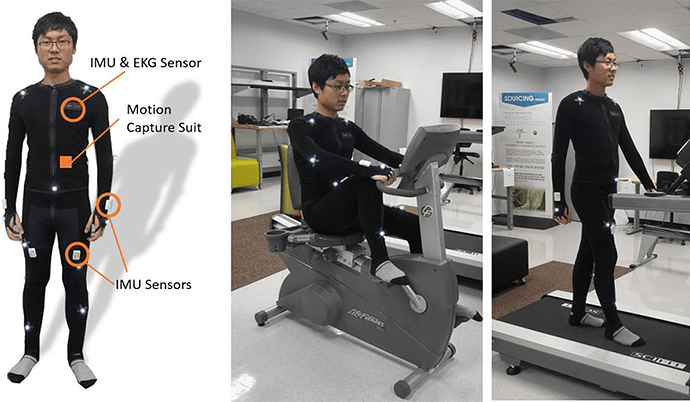As body-worn sensors are becoming cheaper and easier to use, there arises the possibility of complex continuous health tracking using numerous devices all at once. Because they can use quite a bit of power as well as computing resources, to really make them practical one has to limit their energy and resource expenditure. Researchers at North Carolina State University have been working on making sure that such sensors only transmit important readings and organize these readings within data structures that will provide the most utility to clinicians.
Their approach is to continuously classify different states that the wearer is in, whether it be walking, running, or sitting, and to then transmit only data that doesn’t seem to fit what the person seems to be doing. So an increase in one’s heartbeat while sitting may be a sign of arrhythmic tachycardia, but if the same thing happens as a person starts running then the same heart readings can be ignored.
The researchers had grad students wear suits full of sensors and tested different data capture schemes to minimize power and data consumption while gathering interesting readings. For example, they identified that six seconds is enough time to classify what the person is doing at any one time. This means that every six seconds the system should update its readings and focus on spotting changes relevant to the new state.
The team will be presenting their research titled “Hierarchical Activity Clustering Analysis for Robust Graphical Structure Recovery,” at the 2016 IEEE Global Conference on Signal and Information Processing, Dec. 7-9 in Washington, D.C.
Via: North Carolina State…
